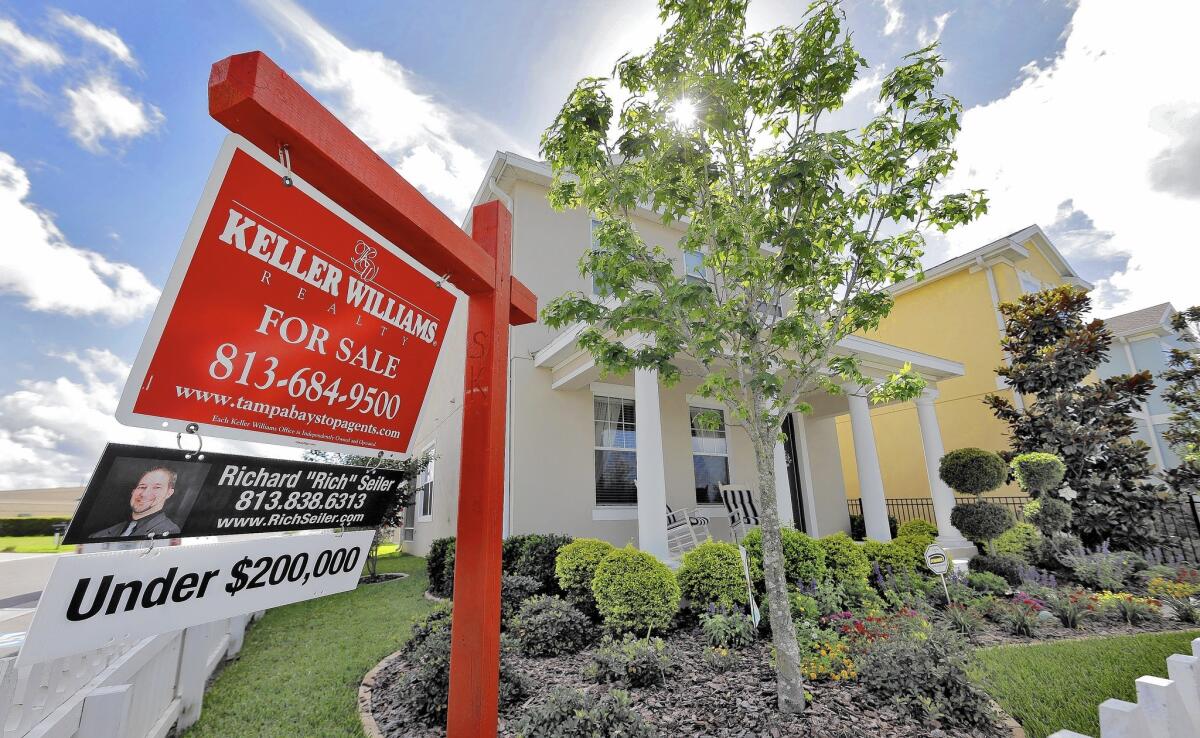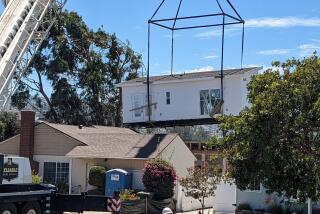Loan gives low-income borrowers a chance to build equity fast

Two major banks have agreed to originate a new 15-year mortgage under pilot programs aimed at low- and moderate-income borrowers.
In addition, the creators of the so-called Wealth Building Home Loan, which allows home buyers to build equity at a much faster clip than they would with a standard 30-year loan, are planning to bring their ideas to 10 other institutions over the next few weeks.
Still, Edward Pinto thinks it might take months or even years for the product to become universal, if it becomes a regular offering at all. But Pinto and his co-conspirator, Bruce Marks, generated major buzz when they introduced the Wealth Building Home Loan at a mortgage conference in North Carolina in early September.
The loan won the endorsement of several high-profile industry executives, including Lewis Ranieri, generally considered the father of the mortgage-backed security, and Joseph Smith, the former North Carolina bank regulator who was appointed to oversee the National Mortgage Settlement that created new mortgage servicing standards and provided some relief for distressed owners.
So what is everybody so excited about?
The Wealth Building Home Loan is a 15-year mortgage with a fixed interest rate that can be bought down to zero. In addition, little or no down payment is required, there are no additional fees, and underwriters will pay far more attention to your residual income than to your credit score.
Typically, the monthly payment on a 15-year loan is higher than that on a 30-year loan. But the loan amortizes much more quickly, meaning you build wealth — or equity — faster.
To make the payments more affordable, the offering rate will be about three-quarters of a percentage point below the 30-year FHA rate. And the rate can be bought down even further. For every 1% of the loan amount the borrower puts up as a down payment, the interest rate will be lowered by half a percentage point, which is twice as much as usual.
Consequently, a $6,000 down payment on a $100,000 mortgage at 3% would bring the rate down to zero, meaning that every penny spent on the monthly payment would go to principal.
But here’s the key: Underwriters will want to make sure you have enough money left over after you make your house payment to cover all your other monthly expenses. That way, should you have a financial setback, there will be enough money coming in that you can still make your payments and won’t fall into foreclosure.
Pinto and Marks are strange bedfellows. Pinto is a conservative gadfly who is a thorn in the side of the conventional mortgage market, while Marks is a liberal consumer advocate who thinks nothing of gathering his followers to picket the homes of banking executives to persuade them to do more for low-income borrowers.
But while on an industry panel together in May, Pinto, a resident fellow at the American Enterprise Institute, and Marks, who heads the Neighborhood Assistance Corp. of America, had a “meeting of the minds.” They decided to work together to create a vehicle that would help low- and moderate-income borrowers build wealth rather than just accumulate debt.
In a sense, the result is a throwback to the long-forgotten early years of the Federal Housing Administration. For its first 20 years or so, the FHA insured mostly shorter-term, 15- to 25-year mortgages and required 20% down payments, a full review of a borrower’s household budget and rigorous appraisal standards.
But beginning in the late 1950s, U.S. housing policy shifted, and lenders started to rely on ever-looser underwriting standards. The result: Low- and moderate-income borrowers are pushed into overwhelmingly high-risk loans. If something should go wrong in the borrower’s life — job loss, major illness, divorce — there is little equity for him or her to fall back on.
In the first three years of the Wealth Building Home Loan, 77% of the monthly payments go to paying off the loan’s principal, whereas 68% of the payments of a standard 30-year mortgage are interest to the lender, Pinto says.
And after 15 years, you own the home free and clear. And starting in year 16, there is no longer a house payment at all, so you have extra cash flow for life-cycle needs such as your children’s education. With a 30-year loan, on the other hand, you could be making payments well into retirement.
“This is an opportunity to spend a little more each month but build wealth much more rapidly,” Pinto said. “But even better, there is only a small probability of going into foreclosure. If house prices should go down, you’re covered because you have some equity to fall back on.”
Initially, the Wealth Building Home Loan will be made available through NACA’s 37 offices. NACA acts as mortgage originator for Bank of America under a $10-billion contract. NACA is also talking to other lenders about starting pilot programs for their own employees and to meet their community reinvestment requirements.
The Wealth Building Home Loan could be a good option for some, but there’s still nothing wrong with a longer-term mortgage. In any case, homeownership can be a wonderful way to build wealth. According to the latest Federal Reserve Survey of Consumer Finances, an owner’s net worth is 36 times greater than that of a renter. The survey found that the average owner’s net worth is $194,500, whereas a renter’s is $5,400.
Distributed by Universal Uclick for United Feature Syndicate.
More to Read
Sign up for Essential California
The most important California stories and recommendations in your inbox every morning.
You may occasionally receive promotional content from the Los Angeles Times.






